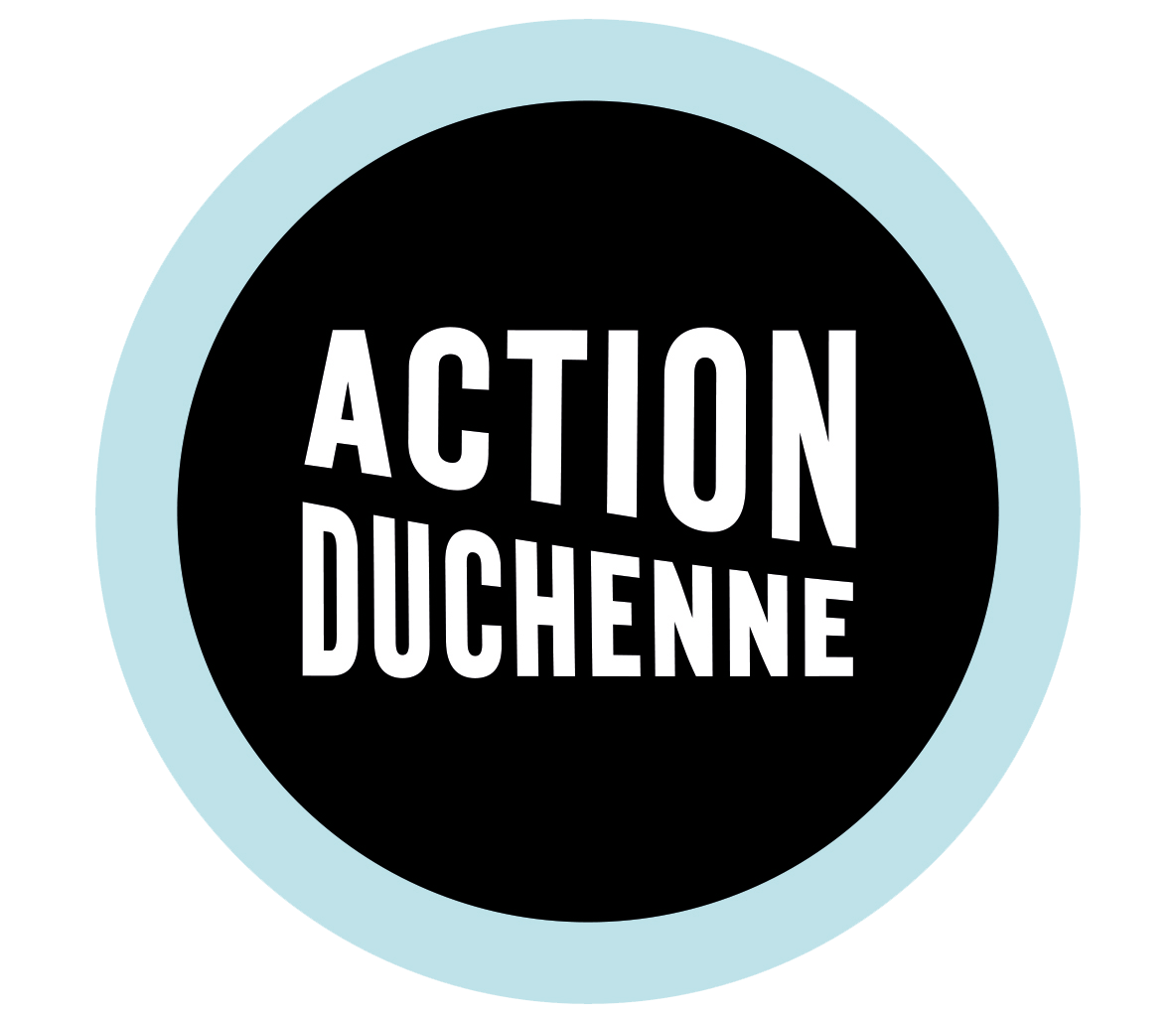What is Translarna
In August 2014, Translarna (ataluren) became the first drug to be given a conditional approval, by the European Medicines Agency (EMA), to treat an underlying genetic cause of Duchenne muscular dystrophy. Translarna has been designed to target a particular genetic mutation, called a ’nonsense mutation’ that causes 10-15 percent of cases of the condition.
How does Translarna work?
Nonsense mutations are changes in the DNA that result in a stop signal in the wrong place in a gene. A gene holds the instructions needed to make a protein, and the stop signal prevents the instructions being read to the end. In Duchenne, early stop signals (scientifically called a premature stop codon) in the dystrophin gene can prevent production of the dystrophin protein.
Translarna works by telling the cell to ignore the early stop signal in the mutated dystrophin gene, and to keep going until it reaches the normal stop signal, allowing full-length, working dystrophin protein to be made.
Importantly, experiments have shown that Translarna does not stop cells from responding correctly to the normal stop codons at the end of the genes.
Who is Translarna for?
Translarna (which used to be known as ataluren) has been developed to treat Duchenne muscular dystrophy caused by a nonsense mutation. Translarna is the first drug to target an underlying genetic cause of Duchenne muscular dystrophy to be recommended for use by the NHS in England. To start taking Translarna, children must be:
- aged two years and over
- able to walk 10 steps unaided
Can you take Translarna when you are on steroids?
Yes. Translarna is considered as a treatment option for all ambulatory patients aged 2 years and older living with Duchenne muscular dystrophy caused by a nonsense mutation (sometimes called nmDMD). It is used together with existing standard treatment, which may include corticosteroids.
Can you get Translarna if you are non-ambulatory?
Currently, Translarna is not licensed for use in people who have lost the ability to walk. The manufacturer is looking to expand the license to include people with Duchenne muscular dystrophy caused by a nonsense mutation who lose the ability to walk (become non-ambulant).
At the moment, as per the current Managed Access Agreement, if you are taking Translarna and lose the ability to walk treatment with Translarna will normally stop 6 months later.
Is Translarna available for children under 5 years old?
Yes. The original approval for Translarna was for children aged 5 and over. In June 2018 the EMA’s Committee for Medicinal Products for Human Use (CHMP) recommended that the licence for Translarna should be expanded to include children between their second and fifth birthdays.
NHS England has now agreed to expand funding for Translarna to include these children. This supplements the current Managed Access Agreement that remains in place for boys from 5 years old and is due to be reviewed again in 2021.
What is a Managed Access Agreement?
A Managed Access Agreement is an agreement developed between NHS England, NICE and a drug manufacturer that allows patients to receive new treatments while long-term data is gathered and before NICE makes a final funding decision on whether a drug should be funded or not in the long-term. For Translarna, the MAA will initially last 5 years while data is collected, and it will be reviewed in 2021.
Who is eligible for the Translarna MAA?
Translarna will be considered as a treatment option for people with Duchenne muscular dystrophy caused by a nonsense mutation who are aged 2 years and older and who can walk. All patients/parents/carers need to sign up to the MAA patient agreement before starting treatment with Translarna.
Are there any reasons I will stop receiving Translarna via the MAA?
A person will stop receiving Translarna under the following ‘stop criteria’:
- The person is non-compliant with assessments (non-compliance is defined as fewer than two attendances for assessment in any 14-month period).
- If a person loses all ambulation (i.e. can no longer stand even with support) and has become entirely dependent on wheelchair use for all indoor and outdoor mobility (other than for reasons of an accident and/or anotherillness).
In such cases, as defined above, treatment should stop no later than 6 months after the person becomes fully non-ambulant. If you have any questions about the stop criteria, you should raise these with your clinical team.
When is the MAA ending?
The MAA is due to end in July 2021. At this point NICE will make a decision about whether to recommend Translarna for continued NHS funding.
What happens at the end of the MAA?
At the end of the MAA, NICE will review the data that has been collected (including clinical and Quality of Life data) and assess the effectiveness of Translarna. If, based on that assessment NICE no longer recommends Translarna for NHS funding, then NHS England funded treatment would need to stop.
However, if NICE recommends Translarna for further NHS funding, then the drug will continue to be funded in England according to the arrangements between NICE, NHS England and the manufacturer at that time.



